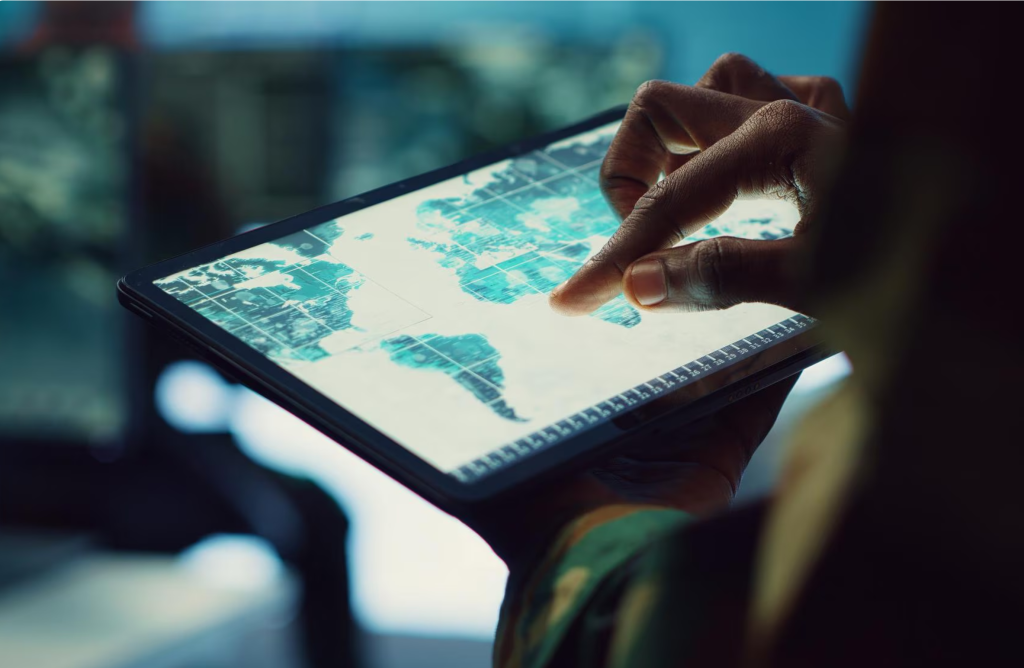In a digital age overflowing with information, data is more than just numbers on a screen—it’s a lens through which we can better understand our world. From climate change patterns to global health trends, public data projects are making knowledge more accessible, transparent, and actionable than ever before.
Whether you’re a curious citizen, data scientist, policymaker, or student, public datasets can unlock insights into nearly every aspect of life. In this article, we’ll explore the power of public data, spotlight innovative projects, and show you how to get started with your own data-driven explorations.

🌍 Why Public Data Matters
Public data refers to datasets that are freely available for anyone to access, analyze, and reuse. These datasets are often provided by government agencies, international organizations, research institutions, and nonprofits.
But why should you care?
Here’s what public data enables:
- Transparency: Citizens can hold governments and corporations accountable.
- Innovation: Developers and researchers can build solutions to real-world problems.
- Education: Students and teachers can engage in real, hands-on analysis.
- Informed Decisions: Individuals and communities can make better choices backed by evidence.
In short, public data empowers everyone.
🔍 Examples of Game-Changing Public Data Projects
To see public data in action, let’s take a look at some innovative and inspiring projects making a global impact.
1. Our World in Data
- What it is: A nonprofit project that publishes research and data on the world’s biggest challenges—like poverty, education, and energy.
- Why it matters: It presents complex issues with clarity, combining visuals and narrative to make data understandable for everyone.
- Visit: ourworldindata.org
2. The World Bank Open Data Portal
- What it offers: Thousands of datasets from over 200 countries, covering everything from agriculture to gender equality.
- Use case: Track GDP growth, unemployment rates, or urban population trends over time.
- Visit: data.worldbank.org
3. Google Public Data Explorer
- Features: Interactive visualizations from sources like the IMF, OECD, and World Bank.
- Why it’s great: Easy-to-use tools let you compare global trends, such as inflation or CO₂ emissions.
- Visit: www.google.com/publicdata
4. Data USA
- What it does: Visualizes US government data on jobs, education, demographics, and more.
- Standout feature: Seamless interface that feels more like browsing an infographic than digging through spreadsheets.
- Visit: datausa.io
5. NASA Earthdata
- Focus: Satellite and remote-sensing data about Earth’s climate, oceans, land, and atmosphere.
- Why it’s powerful: Supports everything from weather predictions to disaster response.
- Visit: earthdata.nasa.gov
🧠 How to Start Your Own Public Data Exploration
If you’re new to the world of data, it might seem overwhelming at first. But with the right steps, anyone can begin to make sense of public data.
Step 1: Identify a Topic That Interests You
Choose something you’re genuinely curious about. It could be:
- Air quality in your city
- Trends in remote work
- Gender gaps in education
- Food security around the world
Step 2: Find Reliable Datasets
Look for:
- Government portals (e.g., data.gov, Eurostat)
- International databases (e.g., WHO, UN, OECD)
- University research centers
Make sure the data is:
- Openly licensed
- Up-to-date
- Credible and sourced
Step 3: Use Simple Tools to Analyze and Visualize
No need to be a data scientist! Tools like:
- Google Sheets (for simple charts)
- Tableau Public (for interactive dashboards)
- Flourish (for storytelling with data)
…can help bring your insights to life.
Step 4: Share Your Findings
Blog about your discoveries, tweet your graphs, or present your work at local meetups. Sharing your analysis not only contributes to public knowledge—it also builds your skills and visibility.
📈 Public Data in Action: Real-World Impact
Still not convinced of the power of public data? Consider these real-world impacts:
- COVID-19 Dashboards: Public health dashboards like Johns Hopkins’ helped governments and citizens make informed choices.
- Climate Advocacy: Activists use climate data to push for policy reform and raise awareness.
- Smart Cities: Urban planners rely on open transit and infrastructure data to improve quality of life.
In every case, data turned into action.
💡 Tips for Navigating Public Data
To get the most from your data adventures, keep these tips in mind:
- Check for bias: Understand how and why the data was collected.
- Look at metadata: Read the definitions, methods, and caveats provided.
- Compare sources: Don’t rely on a single dataset—cross-check for accuracy.
- Start small: Even a single chart or question can lead to big insights.
🌟 Why This Matters Now
As conversations around AI, climate change, social justice, and economic shifts grow louder, public data offers something rare and essential: truth backed by evidence.
In a world full of opinions, access to data is your power to think critically, act responsibly, and build a better future.






